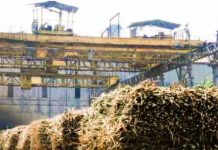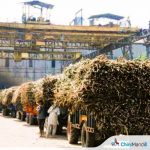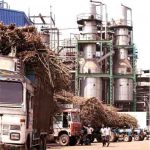New Delhi: Several days of stormy weather, including hail, rain, and strong winds, has inflicted crop losses across northern India, with some areas reporting damage as high as 45%, according to local reports, reported The Times of India
The impact of the recent storms has been widespread, causing damage to wheat and mustard crops across the region, with sugarcane particularly affected in western Uttar Pradesh. Additionally, potatoes, various vegetables, and fruits have suffered losses, although the apple crop is anticipated to benefit from the recent snowfall.
The severe weather, attributed to an intense ‘western disturbance’ – a wave of moist winds originating from the Mediterranean region affecting north India – persisted from February 29 to March 4. The plains experienced hailstorms and thunderstorms, while the higher Himalayas received heavy snowfall.
In Punjab, preliminary estimates indicate crop losses ranging from 2% to 5% of the state’s cultivable area. The Punjab Agriculture and Farmer Welfare Department director, Jaswant Singh, reported damage to crops, particularly wheat and mustard, spanning 1.5 lakh hectares.
Across Uttar Pradesh, reports of crop damage have been received from various regions. Mahoba and Lalitpur districts recorded losses exceeding 40% to standing crops, while significant damage, to approximately one-third of the crops, was reported in areas such as Amethi, Etah, Ghazipur, Gorakhpur, Hardoi, Kaushambi, and Meerut.
Farmers in affected areas described the impact on specific crops. Rajinder Singh, a farmer in Chandak village of Bijnor, stated, “When hailstorm came, the mustard and wheat were in the milking stage, and that has led to the 15% permanent loss of these crops. ” Dharmender Malik from Shamli highlighted considerable damage to the standing sugarcane crop.
Wheat crops suffered in Punjab, Himachal Pradesh, Haryana, and Uttar Pradesh. Vinod Gupta, a farmer in Lakhimpur Kheri, revealed, “Thunderstorms and heavy rain in the area led to the falling of nearly 40% of the standing wheat crop to the ground.” The aftermath of the recent storms has led to significant agricultural challenges, necessitating attention and support to mitigate the impact on farmers and the overall food supply chain.












